Throughout automotive history, certain machines have done more than just go fast—they’ve changed the very definition of speed. These aren’t merely quick cars; they’re game-changers that reset benchmarks, shattered records, and forced rivals to rethink what was possible. From pioneering supercars that brought race-car tech to the street, to turbocharged upstarts that embarrassed bigger engines, each of these legends left an unmistakable mark on performance history. Buckle up as we revisit ten cars that didn’t just chase speed—they redefined it for generations to come.
Ferrari F40
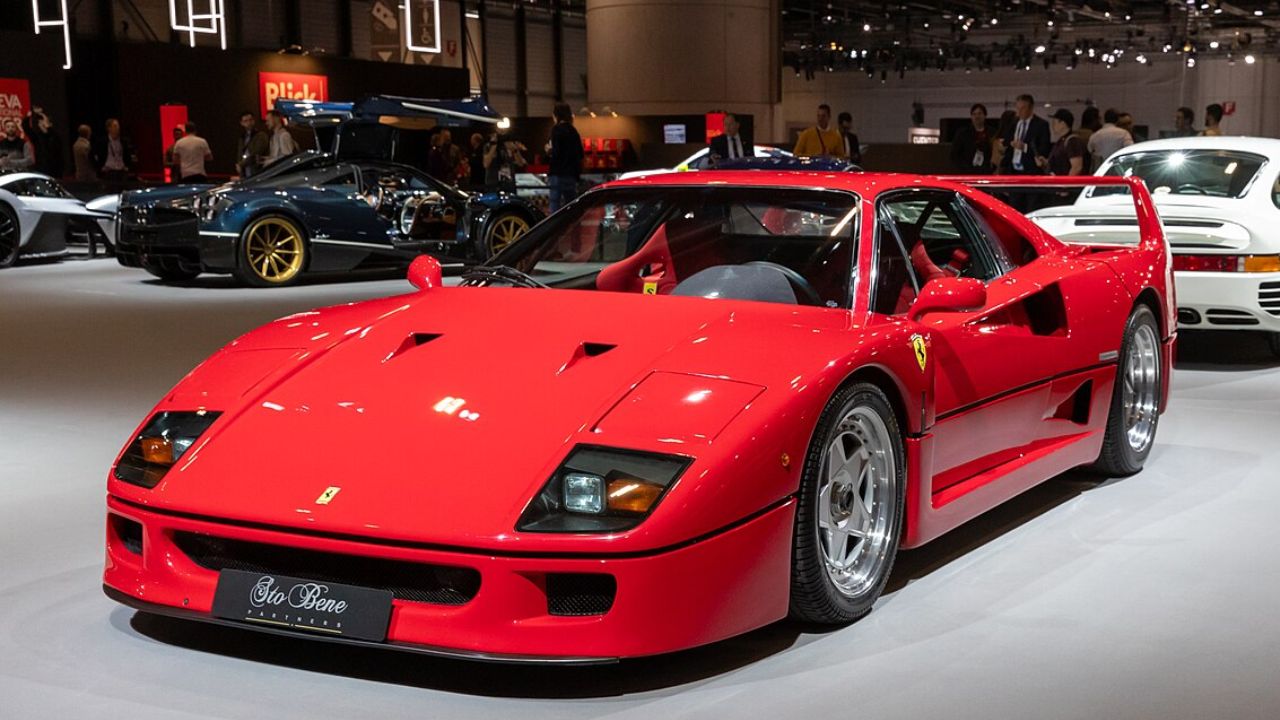
The Ferrari F40, produced between 1987 and 1992, remains a benchmark for performance cars. Its significance lies not only in its raw speed but also in its status as the last model personally approved by Enzo Ferrari. With a twin-turbocharged V8 engine, the F40 was capable of reaching 201 mph, making it the fastest car of its time.
Beyond its impressive top speed, the F40 was a masterpiece of engineering and design. Its lightweight carbon fiber and Kevlar construction contributed to its agility and speed. The car’s raw, unfiltered driving experience still resonates with enthusiasts today, making it a timeless classic.
Porsche 959

Introduced in 1986, the Porsche 959 was a technological marvel that redefined what a performance car could be. With its twin-turbocharged flat-six engine, the 959 could hit a top speed of 197 mph. It was a pioneer in using advanced technologies such as all-wheel drive and active aerodynamics, setting a new standard for performance and innovation.
The 959’s influence extended beyond its own production years, laying the groundwork for future sports cars. Its impact is still felt today, as many of the technologies it introduced have become standard in high-performance vehicles. The car’s legacy is a testament to Porsche’s commitment to innovation and excellence.
McLaren F1
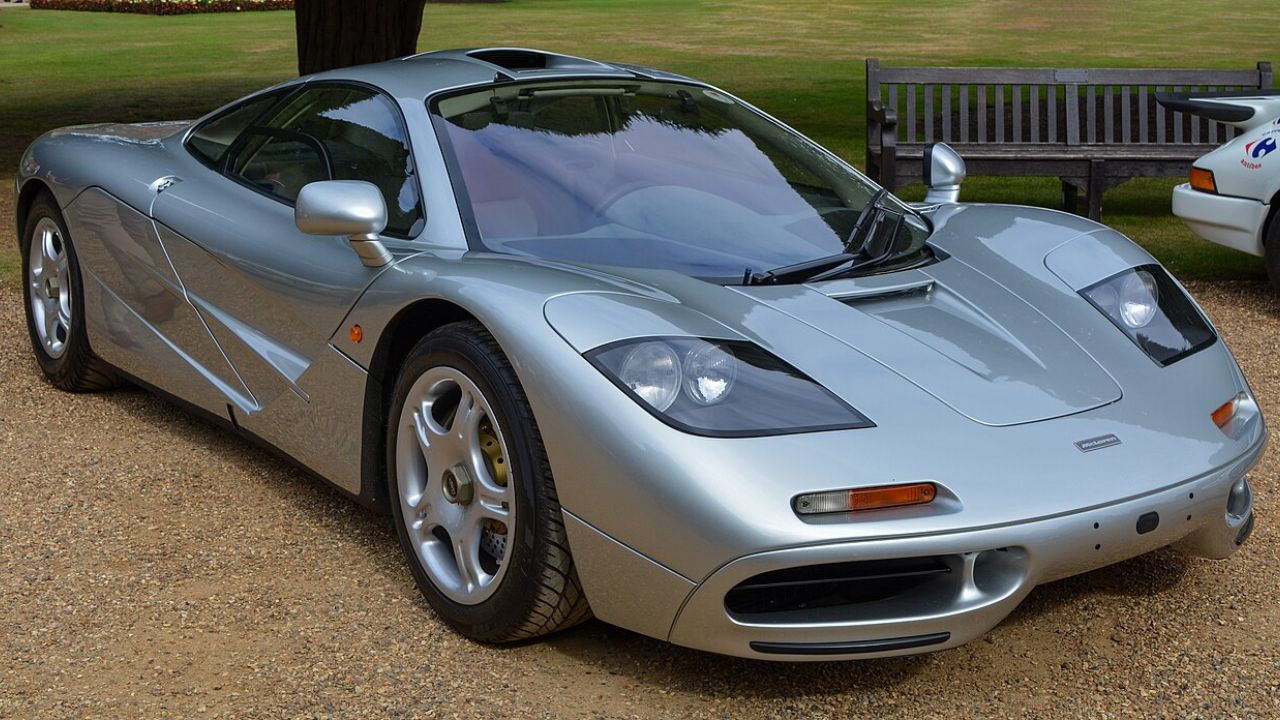
The McLaren F1, launched in 1992, is often hailed as one of the greatest performance cars ever built. With a naturally aspirated V12 engine, it reached a staggering top speed of 240 mph, holding the record for the fastest production car for over a decade. The F1’s central driving position and lightweight construction made it a unique and unforgettable driving experience.
Beyond its impressive speed, the McLaren F1 was a symbol of engineering genius. Its combination of cutting-edge technology and timeless design has cemented its status as a legend in the automotive world.
Bugatti Veyron
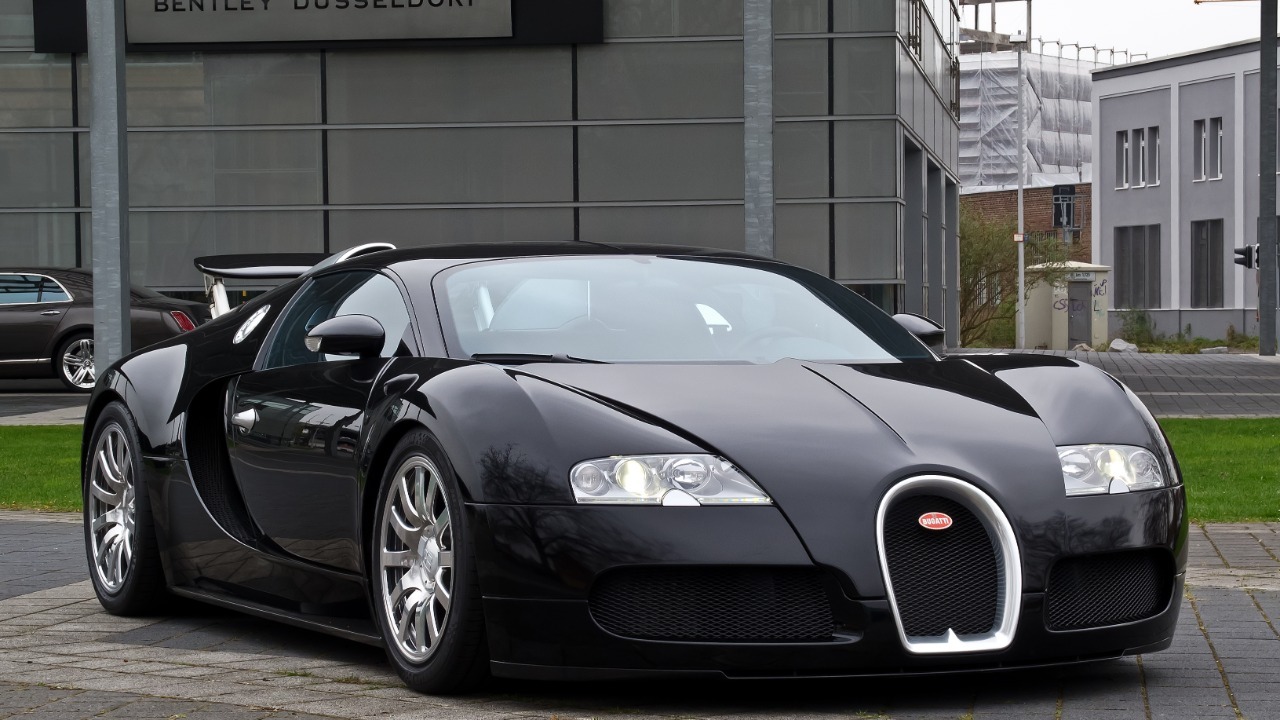
When the Bugatti Veyron burst onto the scene in 2005, it changed the landscape of hypercars forever. With its quad-turbocharged W16 engine, the Veyron achieved an unprecedented top speed of 253 mph. This remarkable feat of engineering made it the fastest production car at the time.
The Veyron was not just about speed; it also embodied luxury and craftsmanship. Its combination of performance and opulence set a new benchmark for hypercars. The Veyron’s arrival marked the beginning of a new era, where speed and luxury could coexist in harmony.
Lamborghini Aventador SVJ
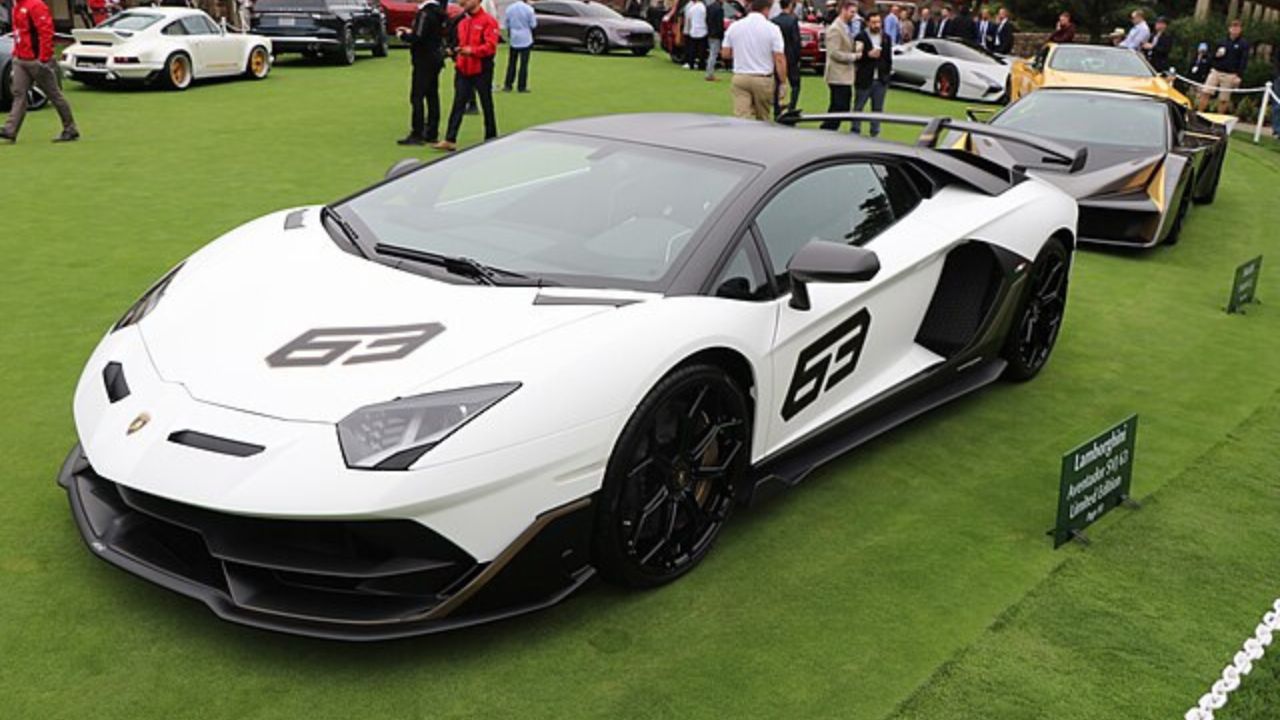
The Lamborghini Aventador SVJ, introduced in 2018, is a true testament to Lamborghini’s relentless pursuit of speed and performance. With a naturally aspirated V12 engine, the SVJ can reach a top speed of 217 mph. It also holds the record for the fastest production car lap time at the Nürburgring, a testament to its exceptional handling and aerodynamics.
Combining cutting-edge technology with Lamborghini’s iconic design, the Aventador SVJ is a masterpiece of modern engineering. Its aggressive styling and breathtaking performance make it a standout in the world of supercars. The SVJ continues to inspire and excite automotive enthusiasts around the globe.
Nissan GT-R (R35)
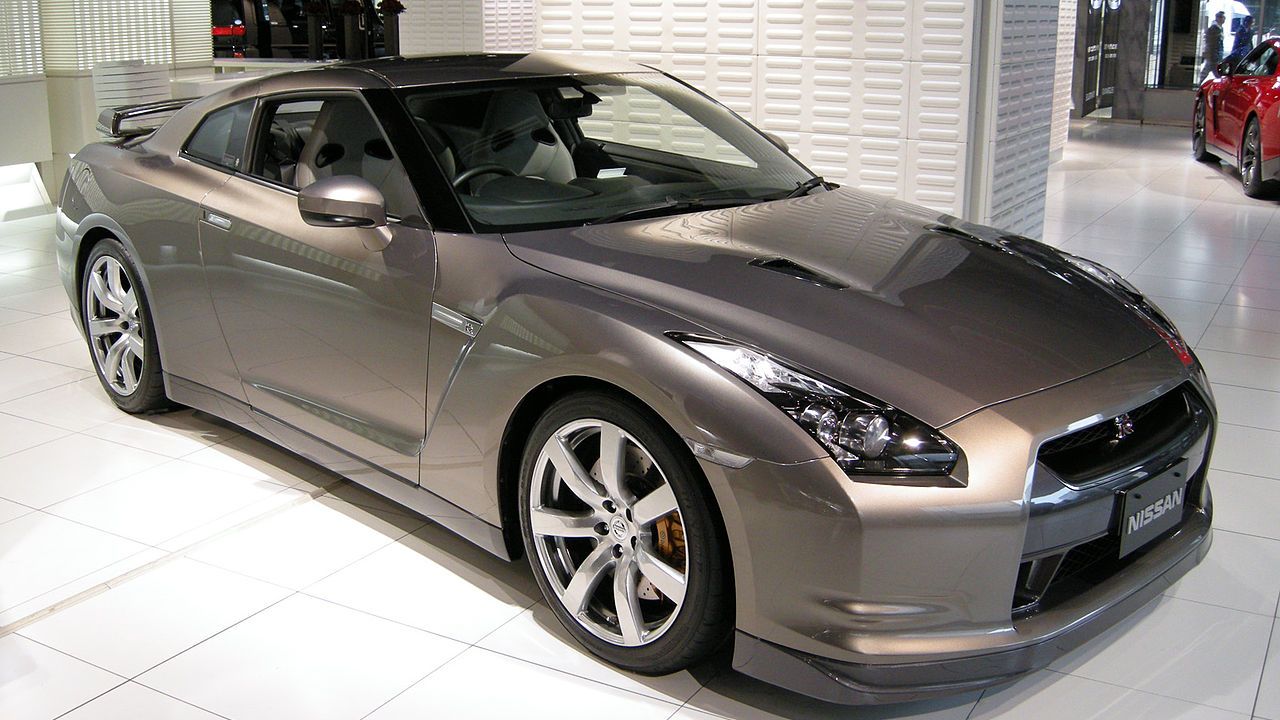
Since its debut in 2007, the Nissan GT-R (R35) has redefined the concept of a performance car. Known for its powerful twin-turbocharged V6 engine and advanced all-wheel-drive system, the GT-R can reach a top speed of 196 mph. Its ability to accelerate from 0 to 60 mph in under three seconds has earned it the nickname “Godzilla.”
The GT-R’s blend of technology, performance, and accessibility has made it a favorite among car enthusiasts worldwide. By pushing the boundaries of what a production car can achieve, the GT-R continues to be a symbol of Nissan’s engineering prowess and innovation.
Koenigsegg Agera RS

The Koenigsegg Agera RS, unveiled in 2015, is renowned for its unmatched speed and performance. With a top speed of 277 mph, it held the title of the world’s fastest production car until recently. Its twin-turbocharged V8 engine and lightweight construction make it a marvel of automotive engineering.
Koenigsegg’s dedication to innovation is evident in the Agera RS’s design and performance. Its sophisticated aerodynamics and cutting-edge technology deliver an unparalleled driving experience. The Agera RS stands as a testament to what can be achieved when engineering and performance are pushed to their limits.
Tesla Model S Plaid
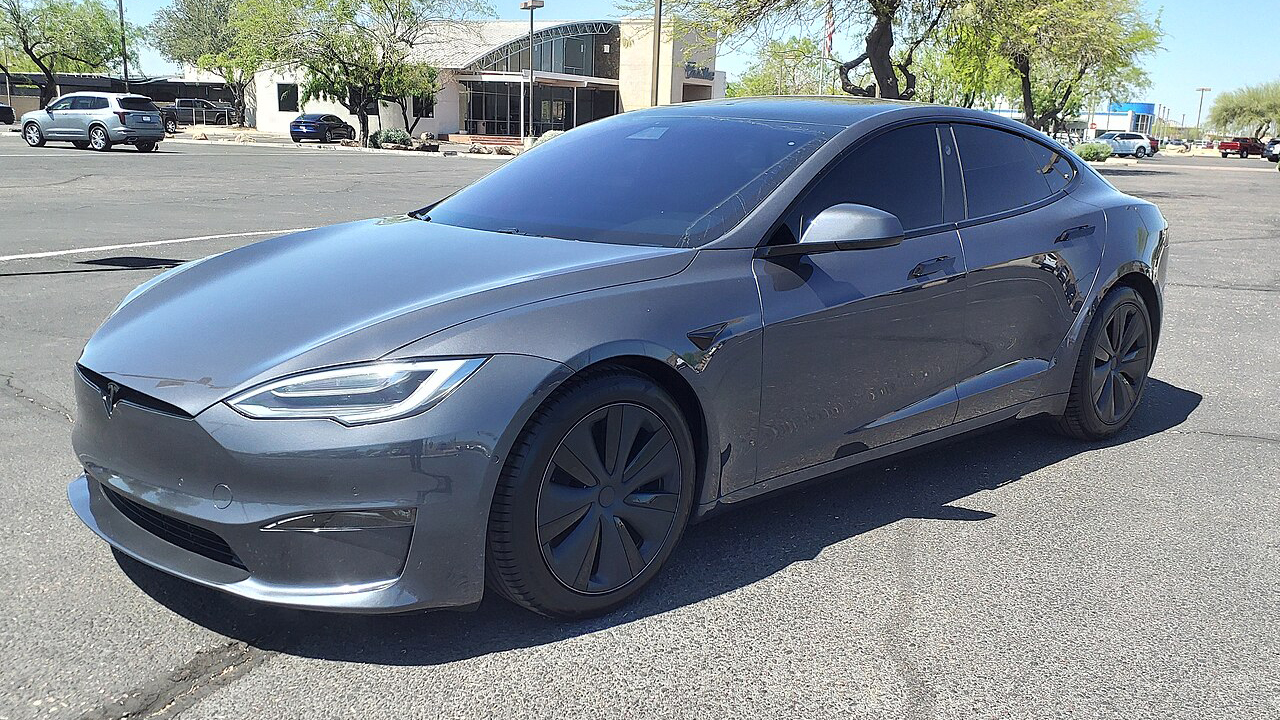
The Tesla Model S Plaid, introduced in 2021, has redefined the performance car landscape with its electric powertrain. With a top speed of 200 mph and the ability to accelerate from 0 to 60 mph in under two seconds, the Plaid has set a new standard for electric performance.
Beyond its impressive speed, the Model S Plaid showcases Tesla’s commitment to innovation and sustainability. Its combination of cutting-edge technology, luxury, and eco-friendliness makes it a standout in the automotive world. The Plaid is a clear indication of the potential for electric vehicles in the high-performance segment.
Dodge Challenger SRT Demon

The Dodge Challenger SRT Demon, released in 2018, is a car that embodies raw power and performance. With a supercharged V8 engine, the Demon can produce up to 840 horsepower, making it the most powerful production muscle car ever made. Its blistering acceleration allows it to go from 0 to 60 mph in just 2.3 seconds.
The Demon is designed for straight-line speed, with features like drag radials and a transbrake to enhance its performance on the drag strip. Its unapologetic approach to power and performance has earned it a place among the most iconic muscle cars in history.
Rimac C_Two
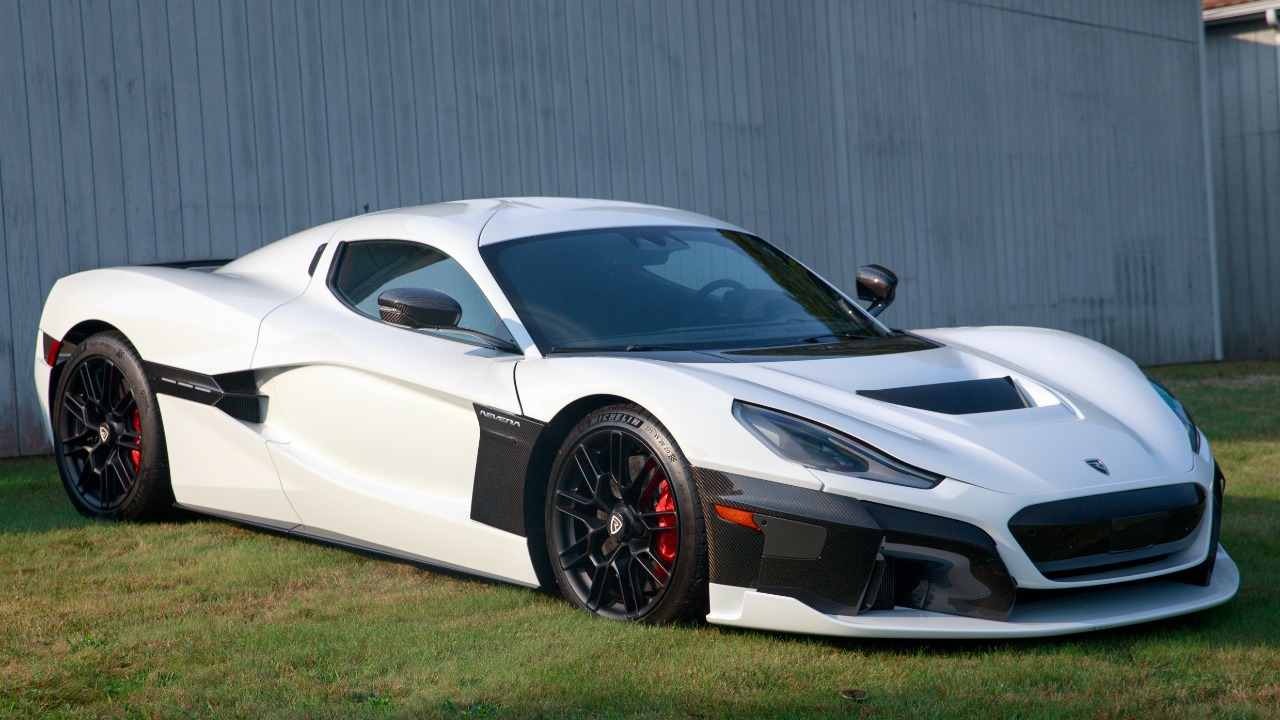
The Rimac C_Two, set to enter production in 2022, represents the future of high-performance electric vehicles. With four electric motors producing a combined 1,914 horsepower, the C_Two can reach a top speed of 258 mph. Its advanced battery technology allows for a range of over 400 miles, blending performance with practicality.
Rimac’s dedication to innovation is evident in the C_Two’s design and engineering. With features like autonomous driving capabilities and a cutting-edge infotainment system, the C_Two is a glimpse into the future of performance cars. Its groundbreaking performance and technology have set a new benchmark for electric hypercars.
Like Fast Lane Only’s content? Be sure to follow us.
Here’s more from us:
*Created with AI assistance and editor review.

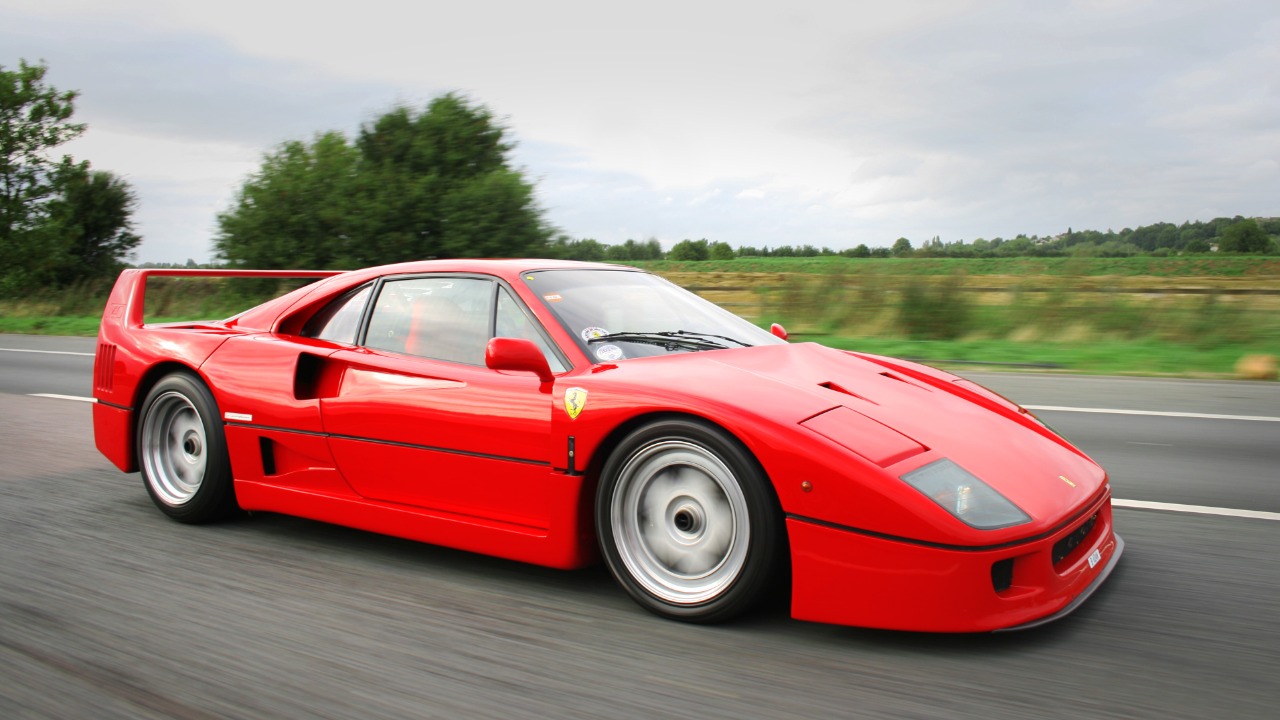

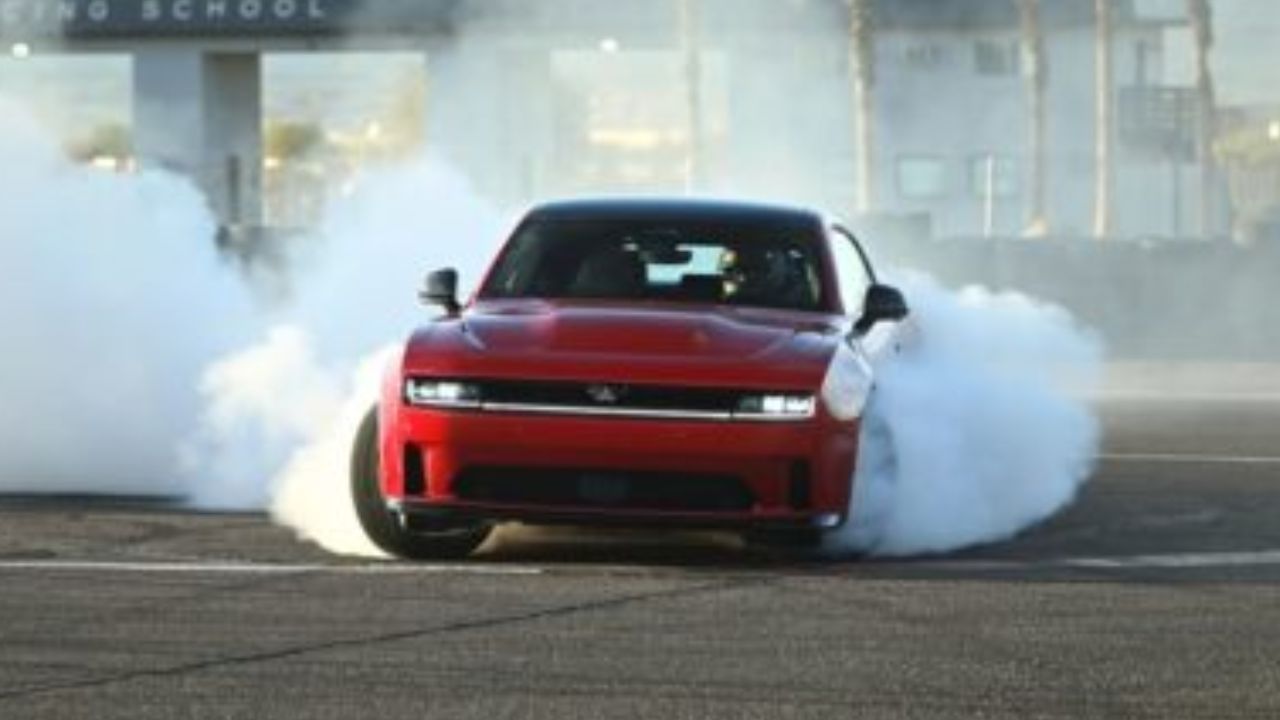

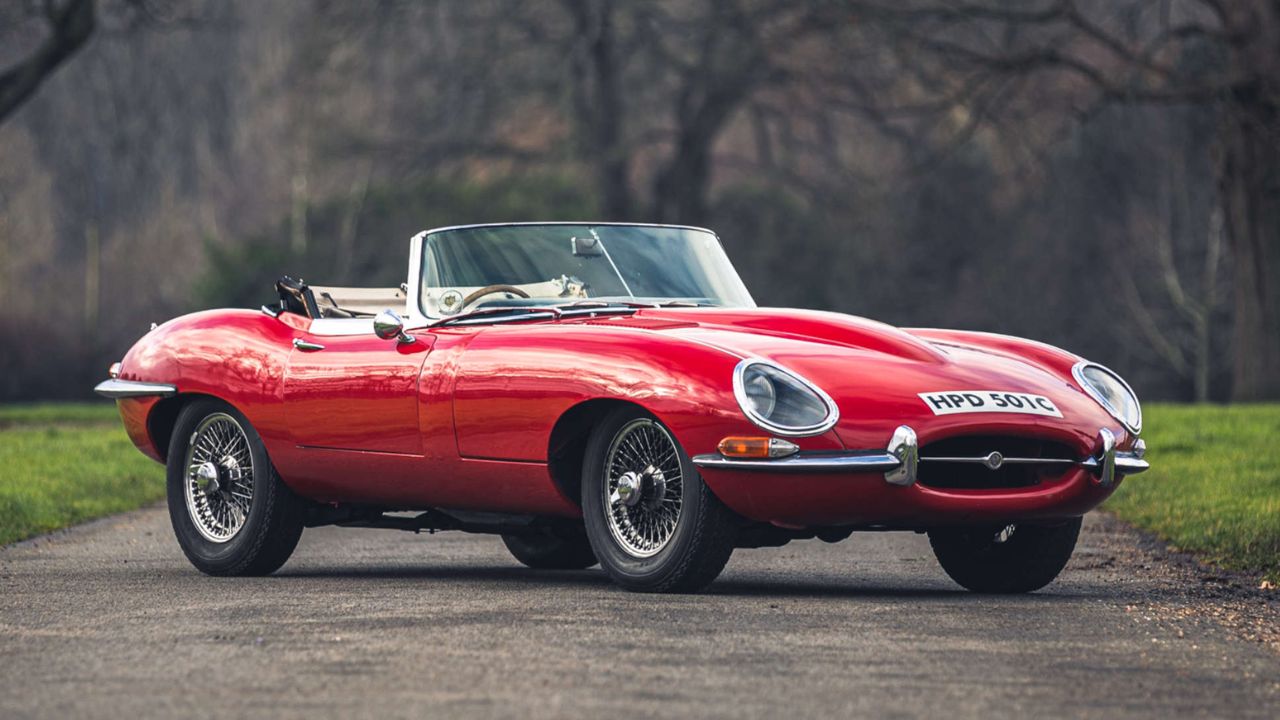
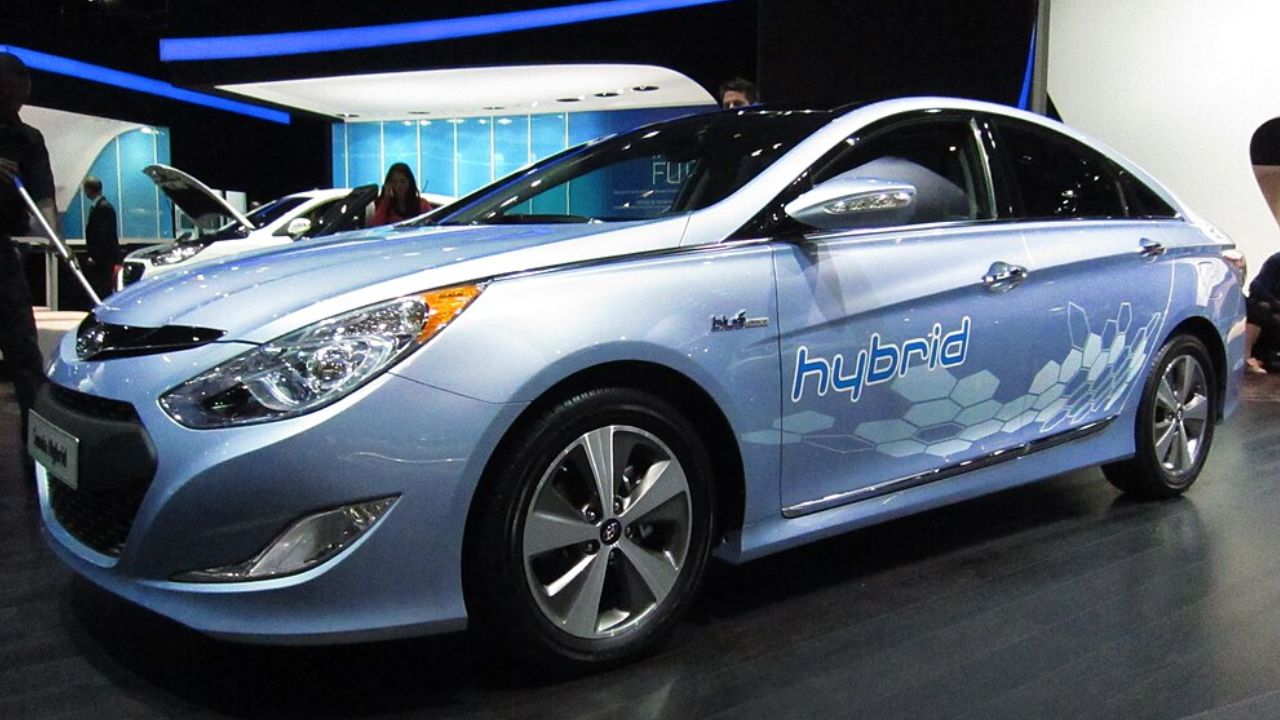
Leave a Reply